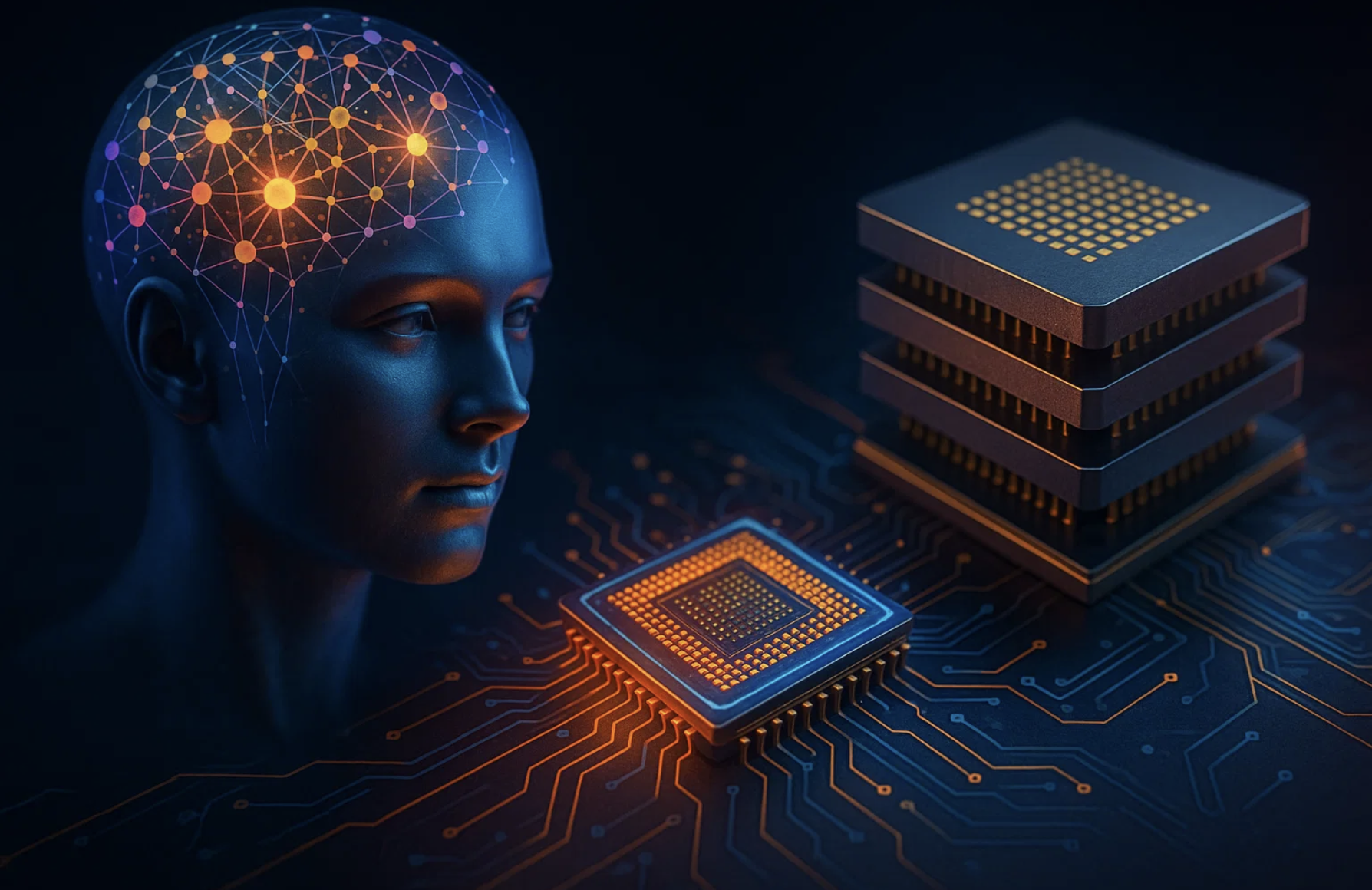Intel has long been considered the backbone of modern computing. From powering the first personal computers to shaping global data centers, the company has been at the center of the tech industry for decades. But in 2025, Intel stands at a critical juncture. Competition from AMD, Nvidia, and ARM-based architectures has placed pressure on Intel to evolve quickly, while artificial intelligence (AI), cloud infrastructure, and next-generation chips are reshaping the industry’s priorities.
The question on every investor’s mind is clear: what will Intel’s next chapter look like?
Today, we will examine three competing visions for Intel’s future — each built on different strategic pillars, each with strengths and weaknesses, and each with profound implications for how the company can maintain relevance in the decade ahead.
Vision 1: Intel as the AI Powerhouse
The first vision for Intel’s future is rooted in artificial intelligence dominance. AI has become the defining technology of our time, powering everything from generative AI assistants to self-driving cars, automated logistics, and advanced drug discovery. Competitors like Nvidia have captured headlines with GPUs that train massive AI models, but Intel is not sitting idle.
Intel’s AI Strategy
-
Gaudi AI Chips: Intel’s Gaudi processors are positioned as cost-effective alternatives to Nvidia’s GPUs for AI training and inference.
-
Partnerships: Collaborations with cloud providers like AWS and Microsoft aim to integrate Intel hardware into AI development workflows.
-
Edge AI: Intel is focusing on AI at the edge, where smaller, energy-efficient chips bring intelligence to devices outside traditional data centers.
Strengths of This Vision
-
AI is the fastest-growing market in technology, with trillions of dollars in long-term potential.
-
Intel already has decades of experience designing complex processors and could leverage its engineering base.
-
Governments and enterprises are seeking alternatives to Nvidia to avoid dependence on a single vendor.
Challenges
-
Nvidia currently dominates the AI market with CUDA, its widely adopted software ecosystem. Intel must compete not only on hardware, but also on developer adoption.
-
Catching up requires massive investment in R&D and manufacturing at a time when Intel is already restructuring.
If successful, this vision positions Intel as a direct rival to Nvidia — not just in chips, but in shaping the future of AI ecosystems worldwide.
Vision 2: Intel as the Foundry Giant
The second vision sees Intel moving away from being primarily a chip designer and instead focusing on becoming a world-leading semiconductor foundry. This is a bold play that aims to compete with TSMC and Samsung, two companies that currently dominate global chip manufacturing.
Intel’s Foundry Ambitions
-
Intel Foundry Services (IFS): Launched as a new division to manufacture chips for outside companies, including competitors.
-
Government Support: With billions in funding from the U.S. CHIPS Act, Intel is positioning itself as the cornerstone of American semiconductor independence.
-
Cutting-Edge Fabrication: Intel is investing heavily in EUV lithography and advanced nodes, aiming to reach parity with TSMC’s 2nm process.
Strengths of This Vision
-
Strong political and financial backing from the U.S. and EU.
-
Growing global demand for secure, diversified chip supply chains.
-
Potential to turn Intel’s historically in-house expertise into a global service.
Challenges
-
TSMC and Samsung have a multi-year lead in process technology.
-
Foundry clients must trust Intel not just as a competitor but as a reliable manufacturing partner.
-
Building large-scale fabs requires enormous upfront capital and flawless execution.
If this vision succeeds, Intel could become the “Made in America” answer to global semiconductor supply chain risks, turning geopolitical challenges into long-term business opportunities.
Vision 3: Intel as the Balanced Innovator
The third vision is less extreme and focuses on Intel maintaining its role as a balanced innovator across multiple domains. In this scenario, Intel continues designing high-performance CPUs, expands into GPUs, invests in AI, and builds a modest foundry business — without going all-in on one area.
Intel’s Balanced Approach
-
CPUs: Intel still dominates the PC market and aims to regain server share with its Xeon processors.
-
GPUs: Intel Arc and other graphics solutions provide diversification and potential entry into gaming and AI workloads.
-
Software and Ecosystems: Intel continues building compilers, developer tools, and AI software frameworks to support hardware.
-
Foundry Lite: Intel offers manufacturing services but does not try to fully replace TSMC at scale.
Strengths of This Vision
-
Reduces risk by diversifying rather than betting on a single strategy.
-
Preserves Intel’s traditional role as a full-spectrum chip company.
-
Allows Intel to adapt flexibly to shifting market trends.
Challenges
-
May lack the boldness required to outpace Nvidia, AMD, or TSMC in their respective domains.
-
Risks being seen as a “jack of all trades, master of none.”
-
Could disappoint investors looking for a sharp turnaround story.
Still, a balanced vision could give Intel time to recover its footing, strengthen its execution, and remain a key player without overextending.
Conclusion: Which Path Will Intel Choose?
Intel’s next chapter is not yet written. The company can pursue AI dominance, foundry leadership, or a balanced innovation model — and in reality, it may attempt a combination of all three. But the stakes are high. Investors want clarity, governments want reliability, and the tech world wants performance.
Whether Intel reinvents itself as Nvidia’s main rival in AI, America’s most important chip manufacturer, or a diversified innovator, its decisions in the next few years will define not just the company’s trajectory, but also the future of global computing.
The world is watching Intel closely, and in 2025, the competition has never been more intense.
